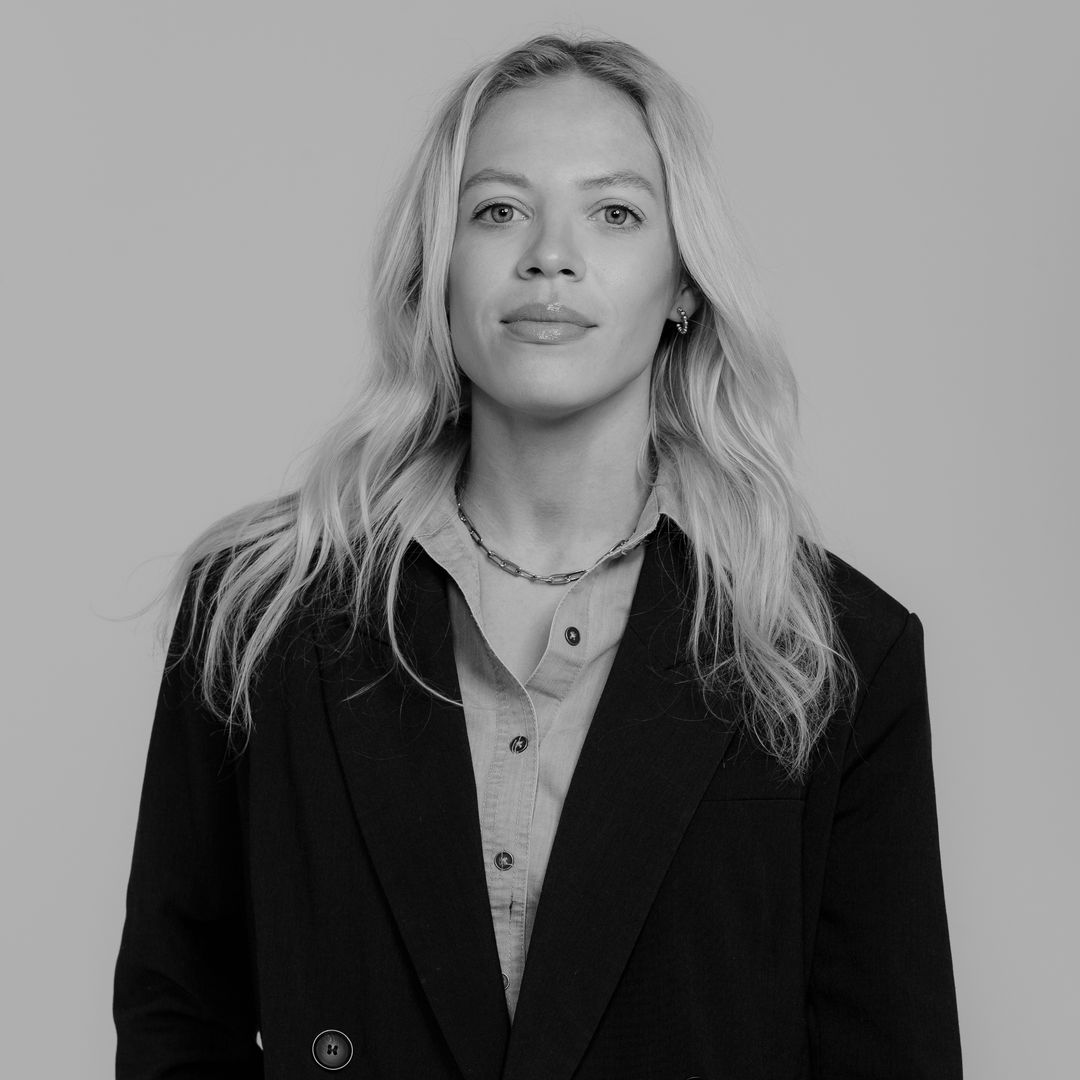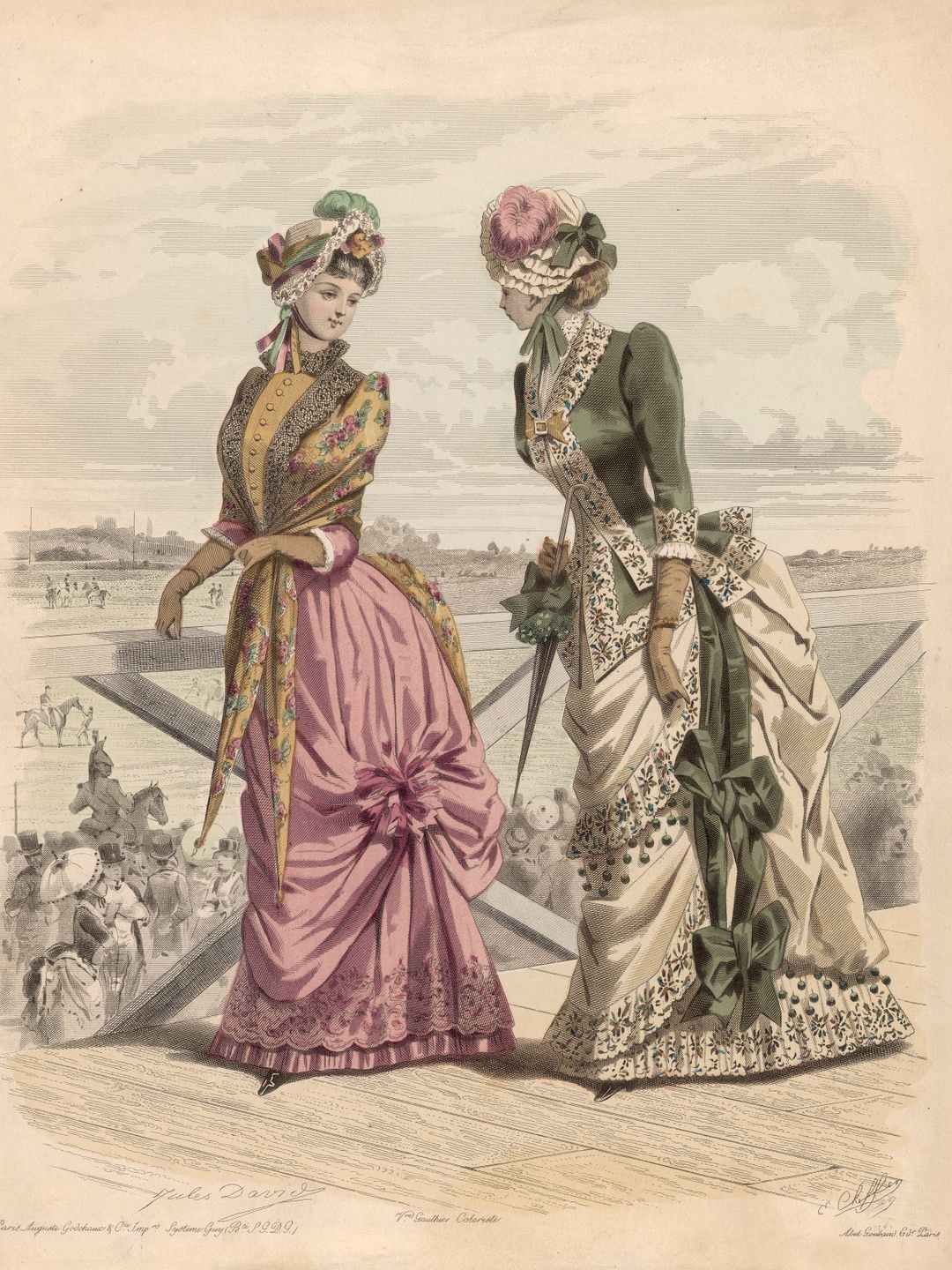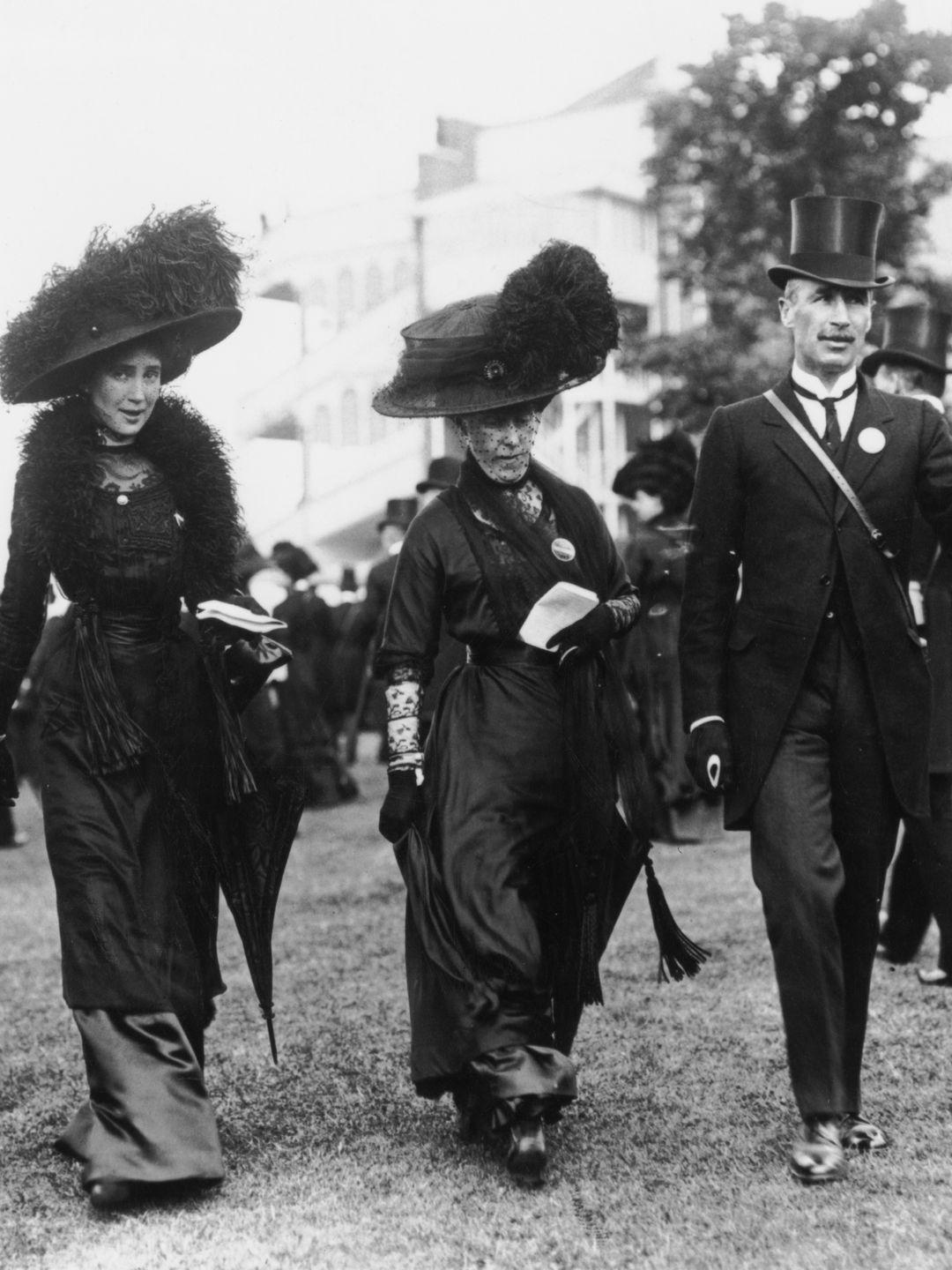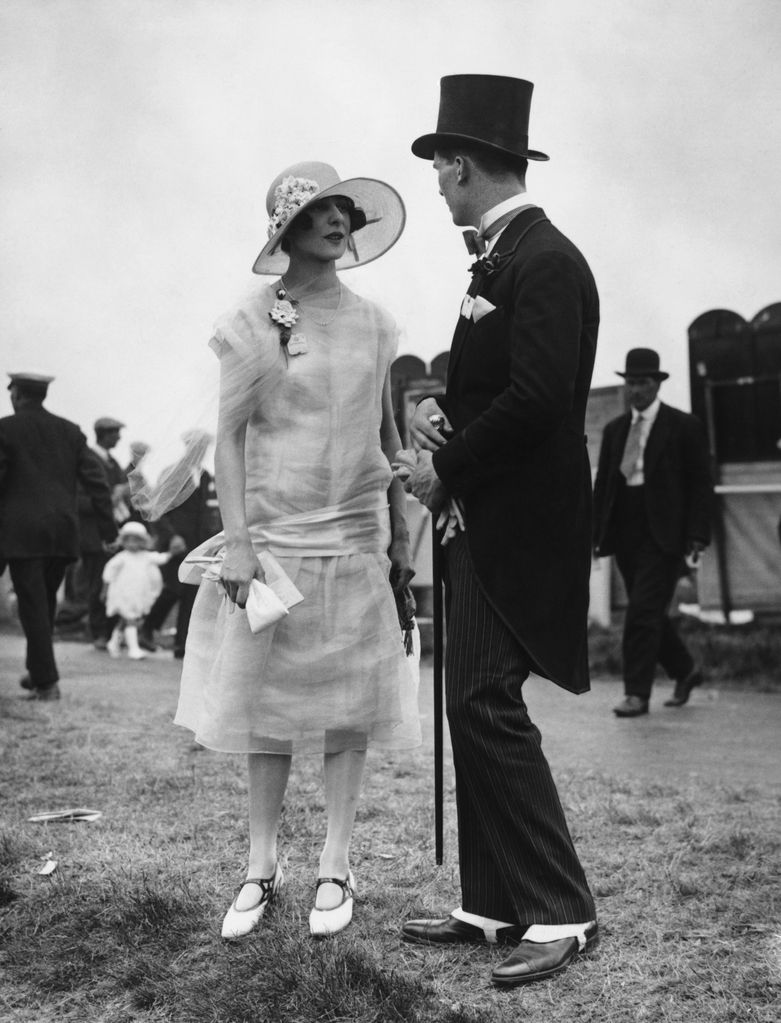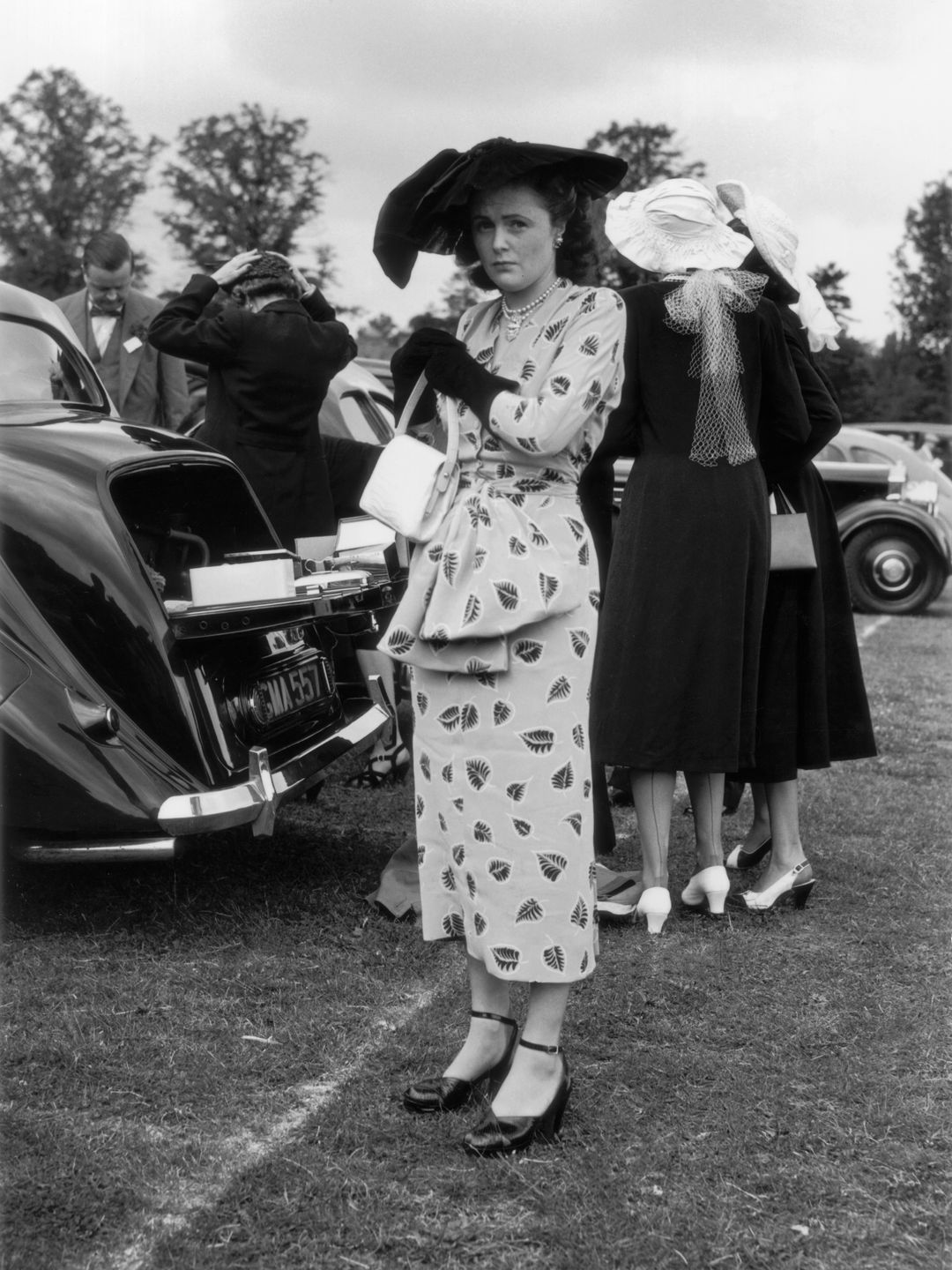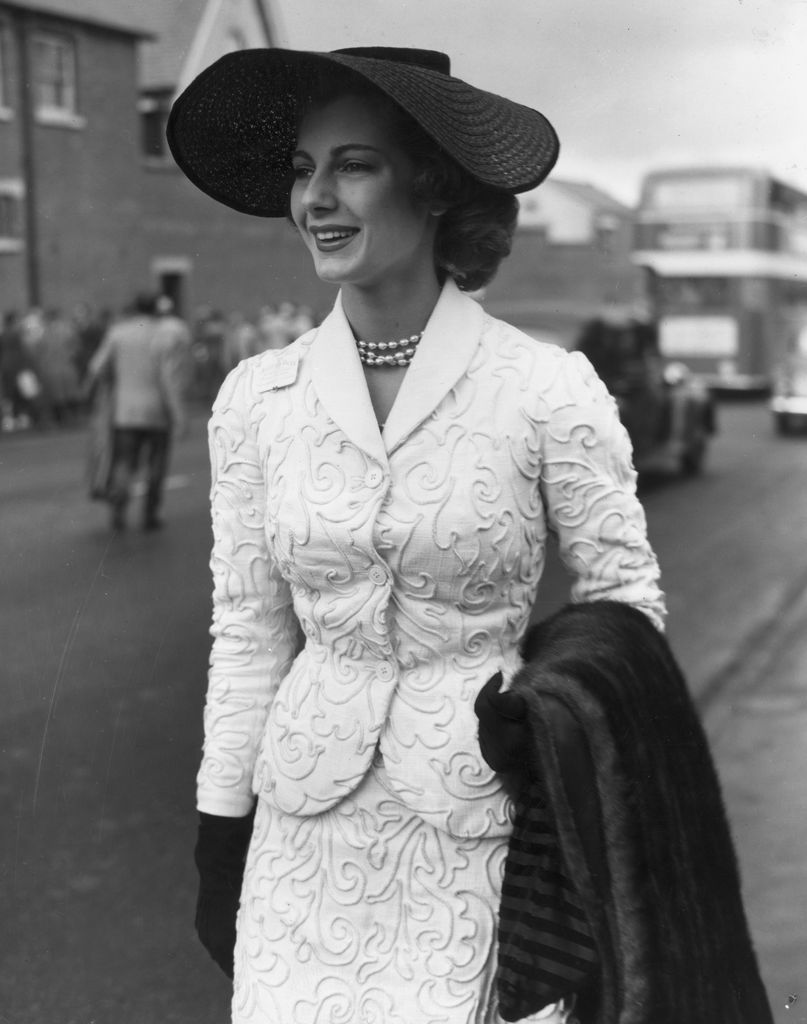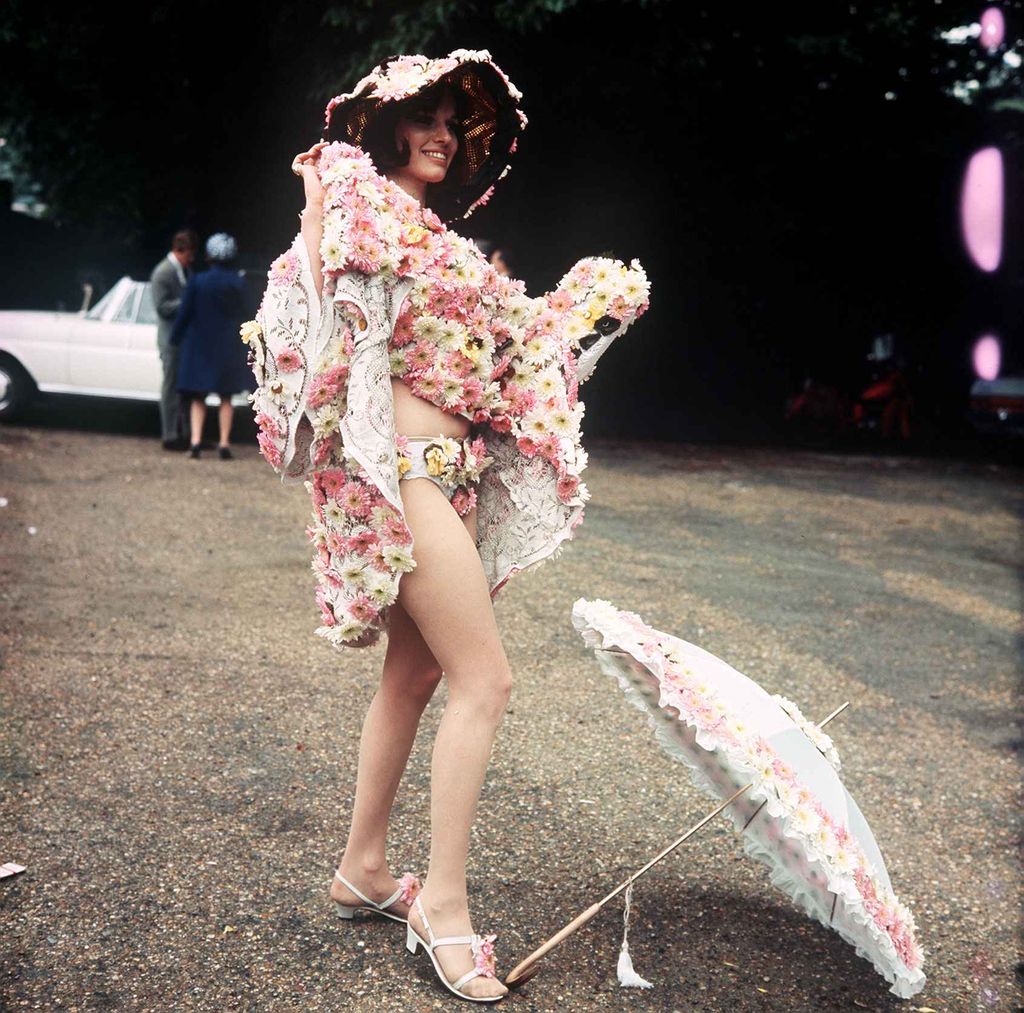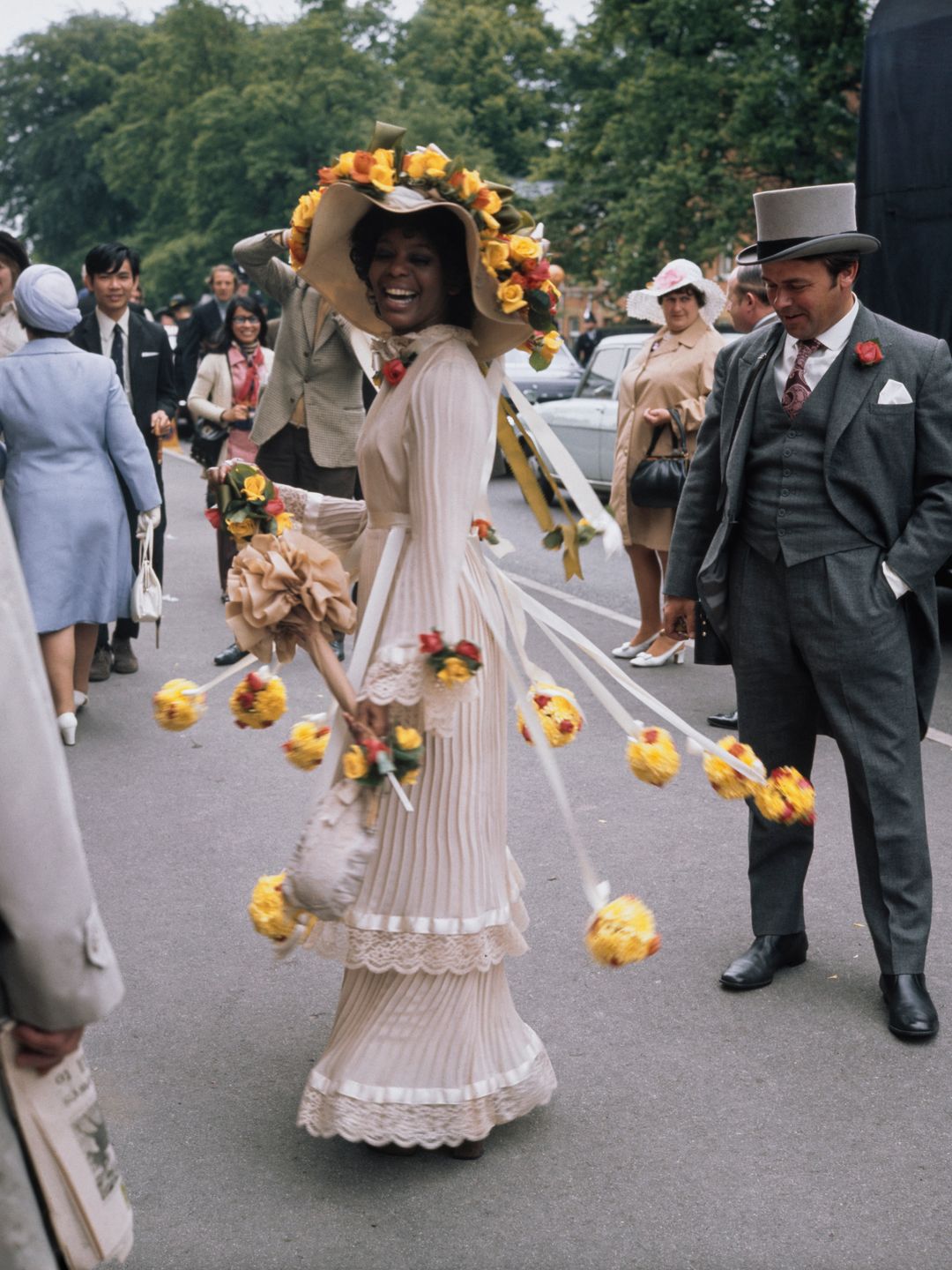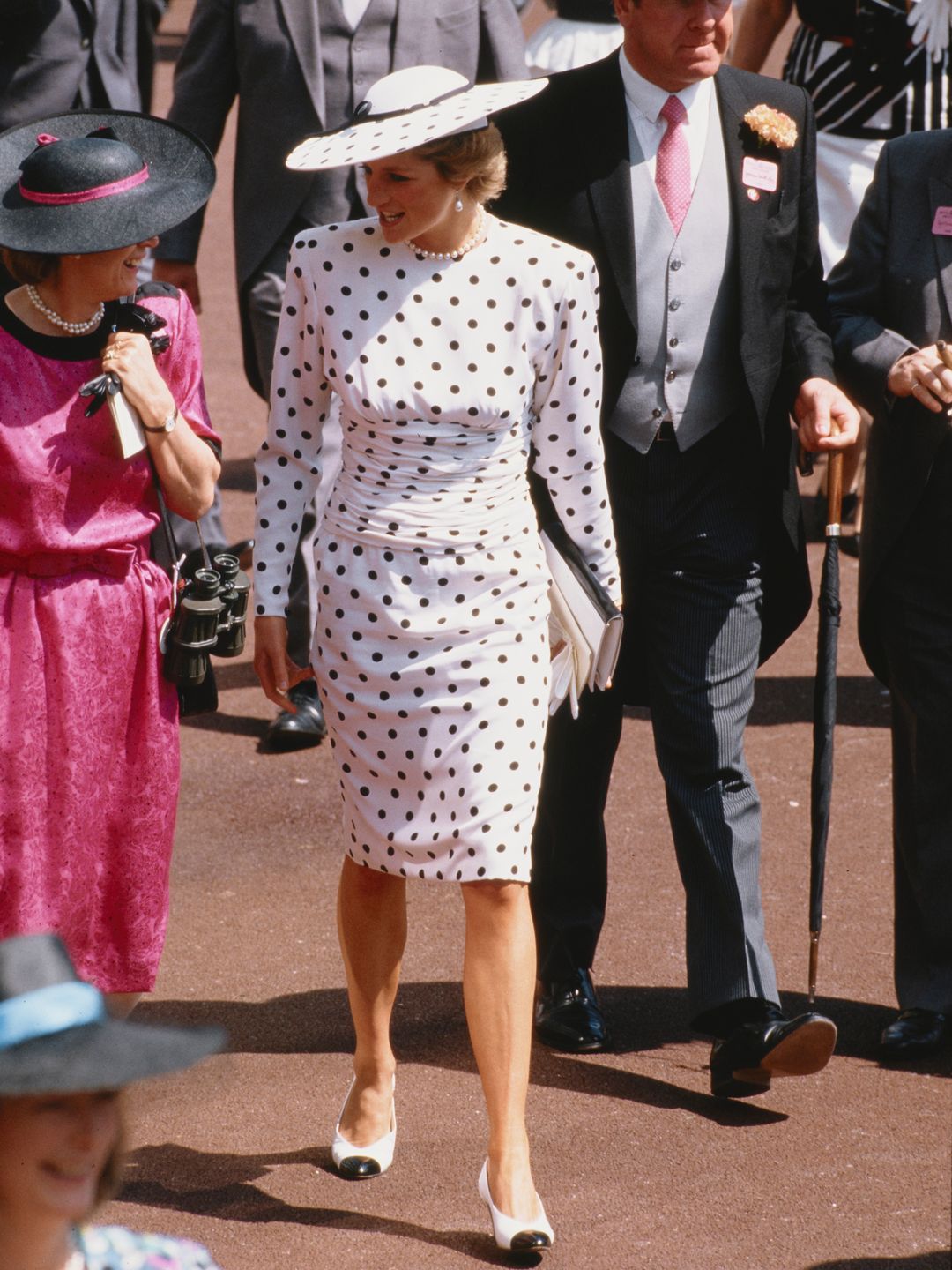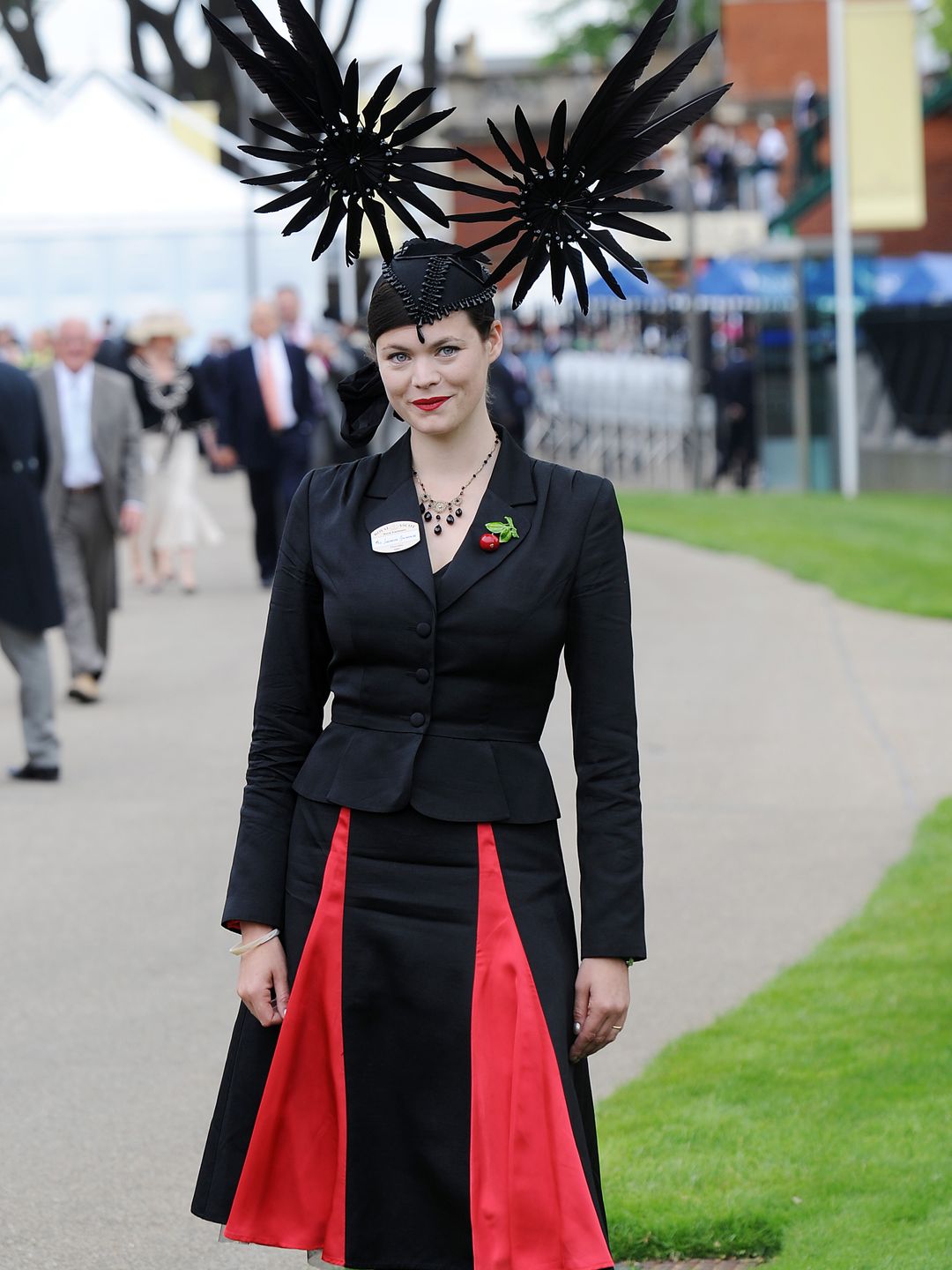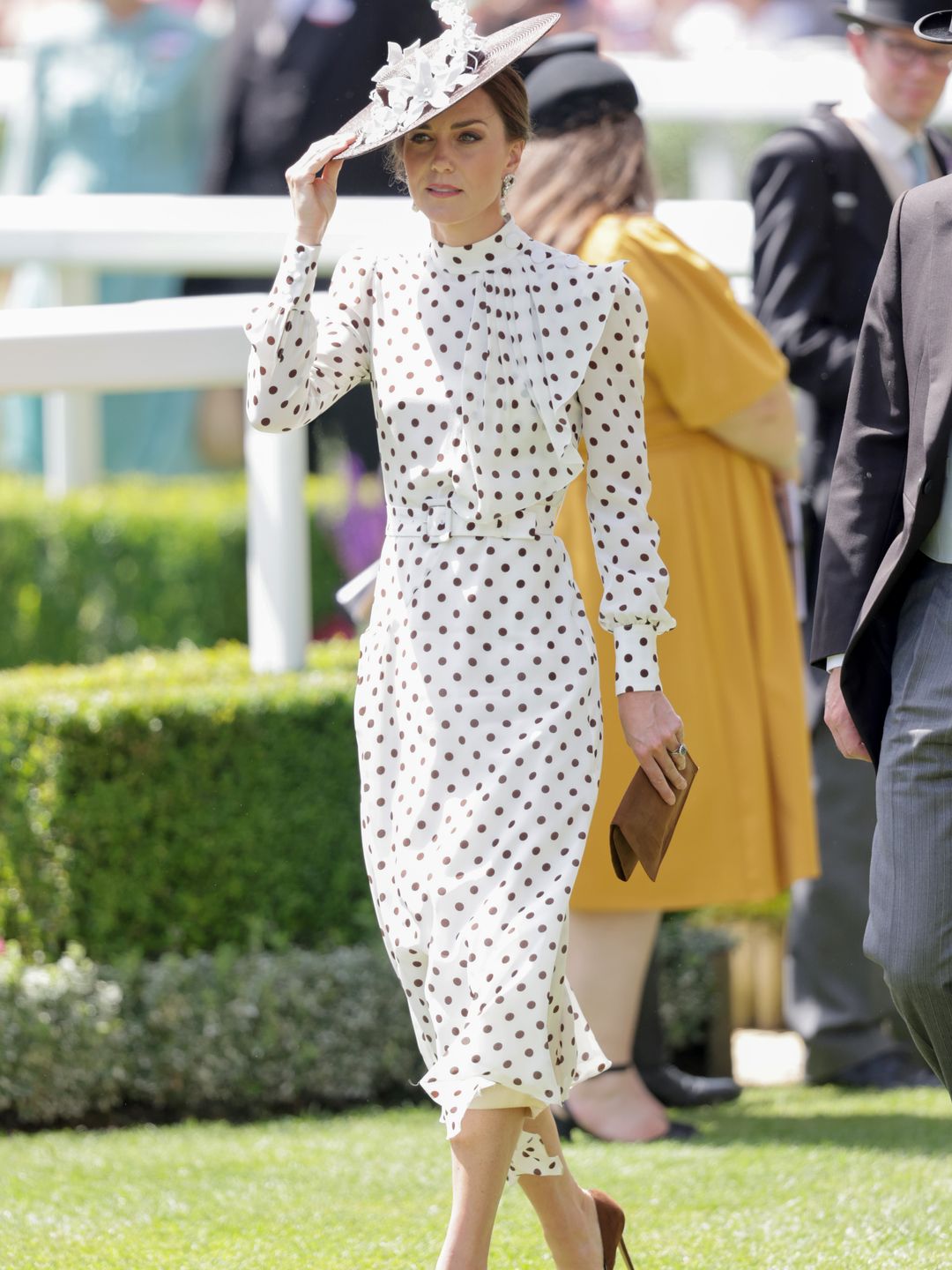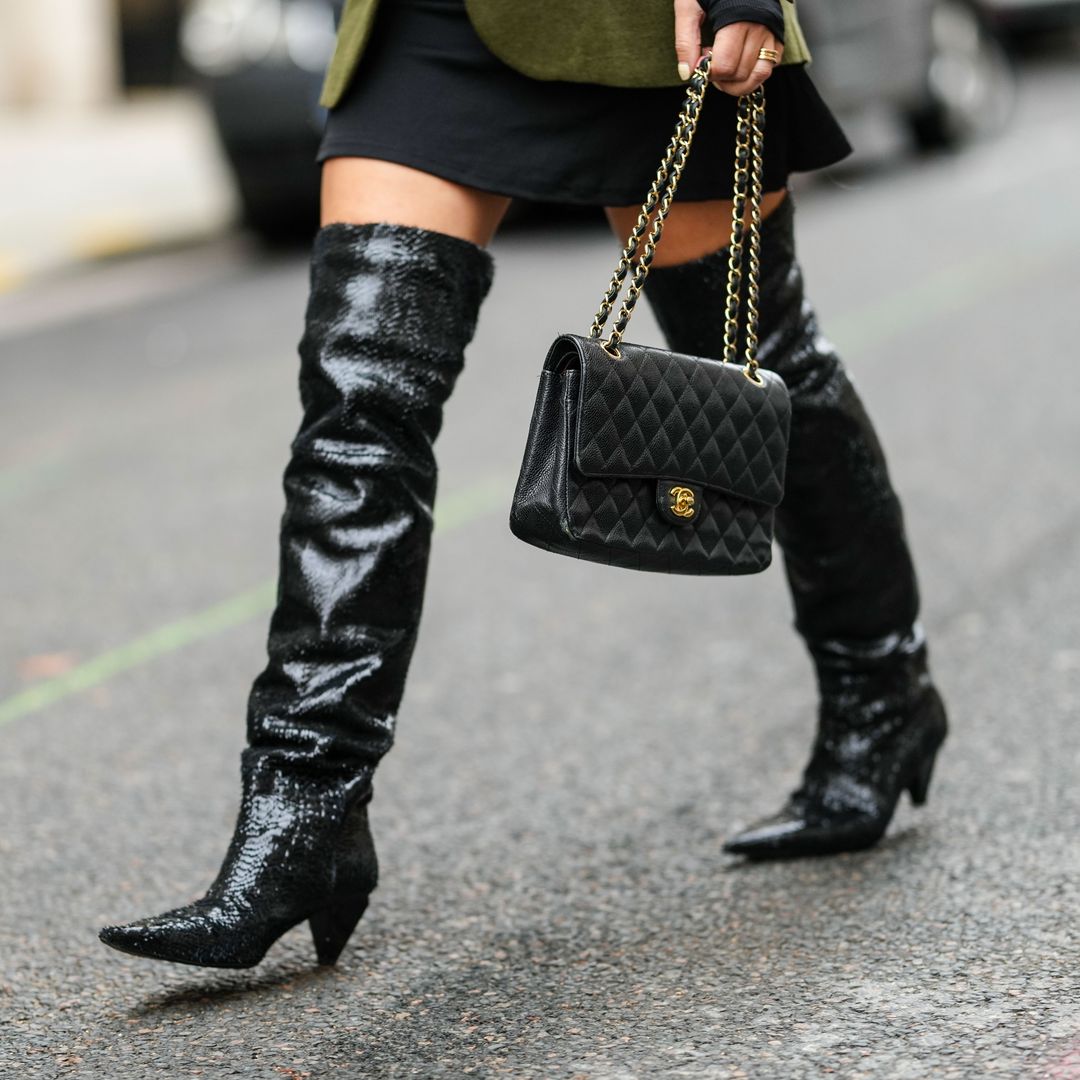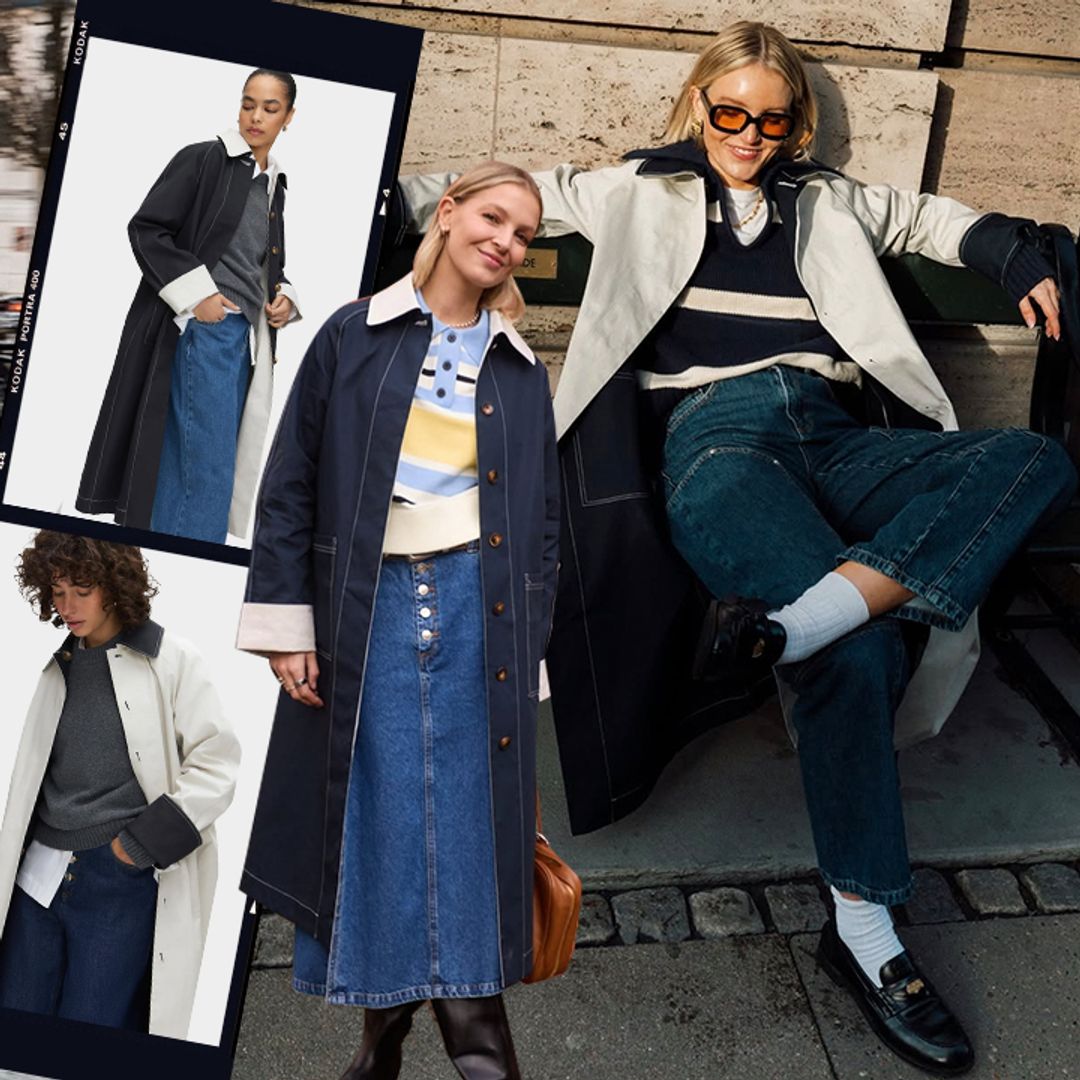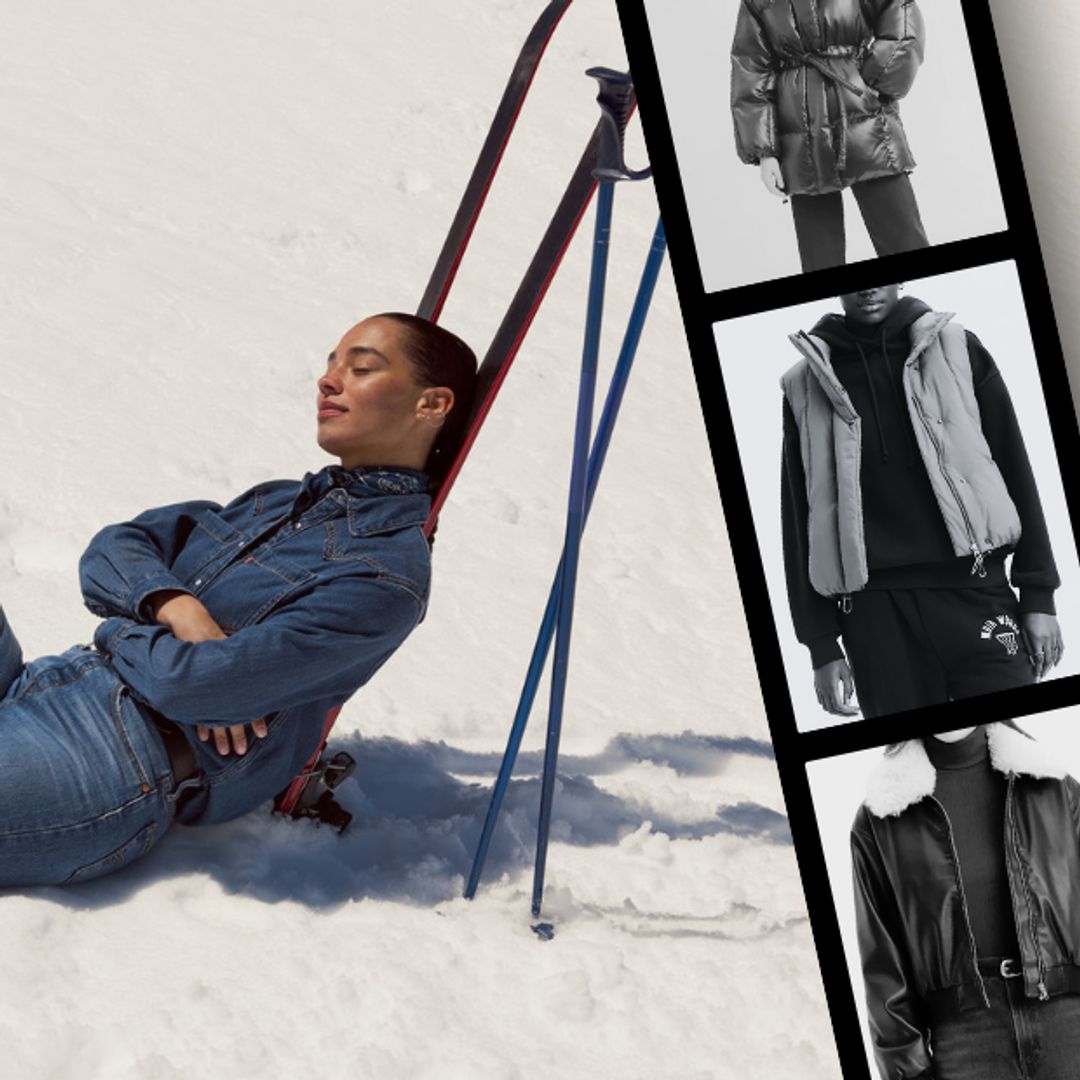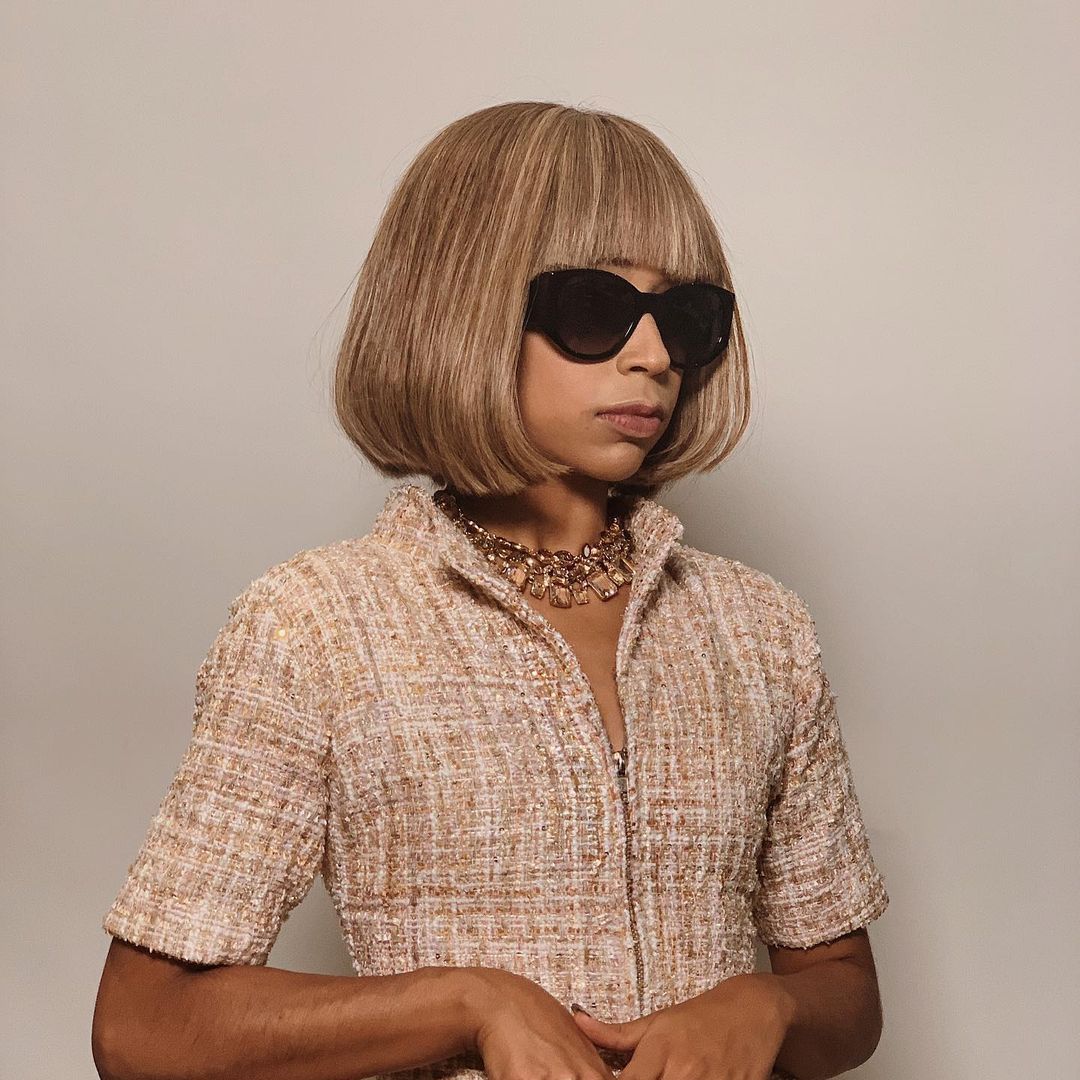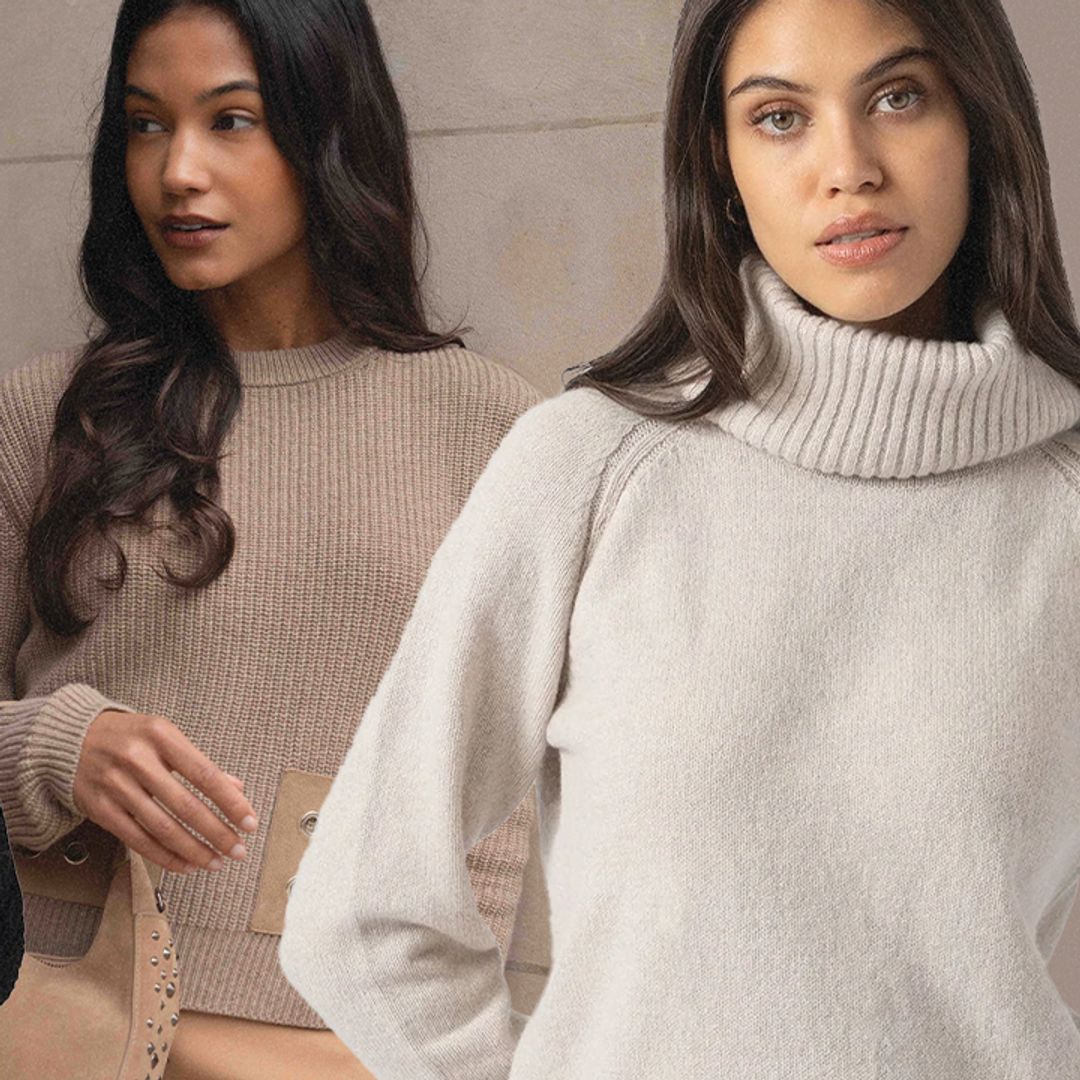Though the rules surrounding the Royal Ascot dress code still seem as strict since the first official event 112 years ago, women's fashion for the most coveted racing event of the season is actually entering a new era.
Contrary to the lack of movement within the official dress code, Ascot fashion constantly moves with the times. Fast forward to 2024, more and more women are wearing suits and are also being encouraged to experiment with pre-loved clothing.
Proving the determination to stay relevant, Ascot's official 'Style Guide' was renamed the 'Royal Ascot Lookbook' in 2023. It consisted of six different fashion edits: Luxe, Tailoring, Pre-Loved & Rental, Vintage, High Street and Emerging Designer. In 2024 Ascot introduced its inaugural 'Fashion Bible,' curated by renowned British fashion designer Daniel Fletcher. As the first creative director in the event's over 300-year history, Fletcher said he aims to embrace bold new styles, innovative sourcing, and a more mindful approach to dressing at the prestigious annual event.
MORE: 30 vintage Royal Ascot photos to inspire your race day style
RELATED: 5 Ascot outfit ideas that are actually pretty major for 2024
Throughout its illustrious history guests have always pushed the envelope as far as style is concerned; From pearls in the 1920s, to pared back looks during the 1940s thanks to fabric rationing after World War II, to the bright colours of the swinging 1960s. Let's not forget the elegant take on the boho movement during the 1970s, and also the momentous gender-norm defying moment in 2017, when Saville Row tailor Daisy Knatchbull became the first woman known to wear a morning suit. Looking back at interpretations of the races' sartorial structure through the years, is a first-place past time for fashion lovers.
Scroll on to find out more about Ascot Fashion throught the years...
The History of Ascot Fashion:
Ascot Fashion: 1700's - 1800's
"Though the first races were held in Ascot in 1711, it wasn’t until 1807 that a dress code was first implemented by Beau Brummell, a close friend of future King George IV, who decided that men were required to wear black coats with white cravats and pantaloons," explains Compton House of Fashion. Women who were allowed to dress more freely until Queen Victoria made hats the norm after wearing a porter bonnet (a headpiece that shielded the face from observers) to Ascot in the 1830s.
Ascot Fashion: 1900s
The S-bend corset was fashionable during the 1900s. "It thrust the hips backwards and forced the chest forward into a fashionable pouter-pigeon shape," explains the V&A. This silhouette was "emphasised with puffed, frilly blouses that were often embellished with decorations like lace collars and broad ribbon ties. Separates were popular, with skirts fitted over the hip and fluted towards the hem."
Ascot Fashion: 1910s
The royal influence on Ascot was such that when the Royal Family were in mourning for King Edward VII in 1910, all the guests wore black.
Ascot Fashion: 1920s
In 1922 The Times newspaper declared that Royal Ascot races was "the best place in England to see beautiful women wearing beautiful clothes." Lots of Ascot fashion of the 1920s reflected the eras iconic flapper dress. Though women still wore shapewear, full corsets were falling out of fashion, dresses were slightly shorter and more freeing. We have Coco Chanel to thank for a lot of iconic fashion silhouettes, including the popularisation of the flapper. She was of course also a pioneer of pearls, which for Ascot were accompanied by fur accessories for that added touch of luxury.
Ascot Fashion: 1930s
The drop-waist androgyny of the previous decade gave way to a slinky femininity in the 1930s. "Parisian couturiers introduced the bias-cut into their designs, which caused the fabric to skim over the body's curves," explains the V&A. Long, simple and clinging evening gowns, made of satin were popular at Ascot.
Ascot Fashion: 1940s
As a result of the WW2 there were severe fabric shortages, which lasted until the end of the decade. Skirts were a little below the knee and straight, worn with boxy jackets and broad, padded shoulders. From 1942 onwards clothes were made under the government Utility Scheme that rationed materials. During the war, accessories were important because of their relative affordability; tall platform shoes or sandals, and tall floral hats were fashionable.
Ascot Fashion: 1950s
During the 1950s dresses with pencil or full skirts as well as separates were popular at Ascot. Hats were either small pill-box styles or large brimmed, saucer-like hats.
Ascot Fashion: 1960s
The 'swinging 60s' was an epic era for Ascot Fashion. Wages were the highest they had been since the war, fitted undergarments like girdles were a thing from the past, and Ascot's dress code became ever more relaxed.
Ascot Fashion: 1970s
Women’s fashion at the races has managed to stay modern, and in keeping with the times. Fashion was also edging towards the 1970s, when of course funky patterns, theatrical looks and flamboyant outfits were all the rage.
Ascot Fashion: 1980s
The 1980s were known for its statement accessories, which was channelled through guests headpieces at Royal Ascot. Neon was of course also a big hit, which guests gave a chic makeover for Ascot by wearing bright colours in the form of outfits that adhered to the dress code. Princess Diana's outfits set the tone for chic style at the races.
Ascot Fashion: 1990s
In contrast to the 1980s, iconic 1990s designers such as Calvin Klein made way for a minimal aesthetic that is still popular today. Race-going fashion trends followed suit, with streamlined dresses, loose flowing fabrics and slip dresses.
Ascot Fashion: 2000s
The Y2K era lead to experimental hats becoming the norm at Ascot, and bright bold colours.
Ascot Fashion: 2010s
In 2012 organisers of the event released a 'Formal Style Guide' for racegoers for the first time. For women, the rules include that women’s hemlines must fall just above the knee or lower and that straps on dresses and tops must be at least one inch wide. In 2017 jumpsuits were formally allowed into the dresscode. More and more women have worn suits to Royal Ascot in the 21st century, pushing the boundaries of the event's strict clothing rules.
Ascot Fashion: 2020s
Many guests still opt for traditional elegance, but dresses are more slender and headpieces are more chic. In fact the Royal Enclosure dress code stipulates that ladies must wear a hat or headpiece with a solid base of four inches in diameter, and this year novelty hats and ones which are excessively oversized (or promoting or marketing any product or brand) are "not permitted."
In 2024, Royal Ascot made fashion history by introducing its first-ever 'fashion bible', overseen by Daniel Fletcher. This groundbreaking lookbook is a milestone for the esteemed event and aims to elevate its stylistic identity. The purpose of the book is to provide attendees with an inspiring fashion guide suitable for all Ascot enclosures. Fletcher, celebrated for his impeccable tailoring and structured designs, is leading Royal Ascot's new fashion direction. The guide includes a range of specially curated edits, featuring a sustainable section with contributions from acclaimed industry veterans Stella McCartney and Vivienne Westwood.

